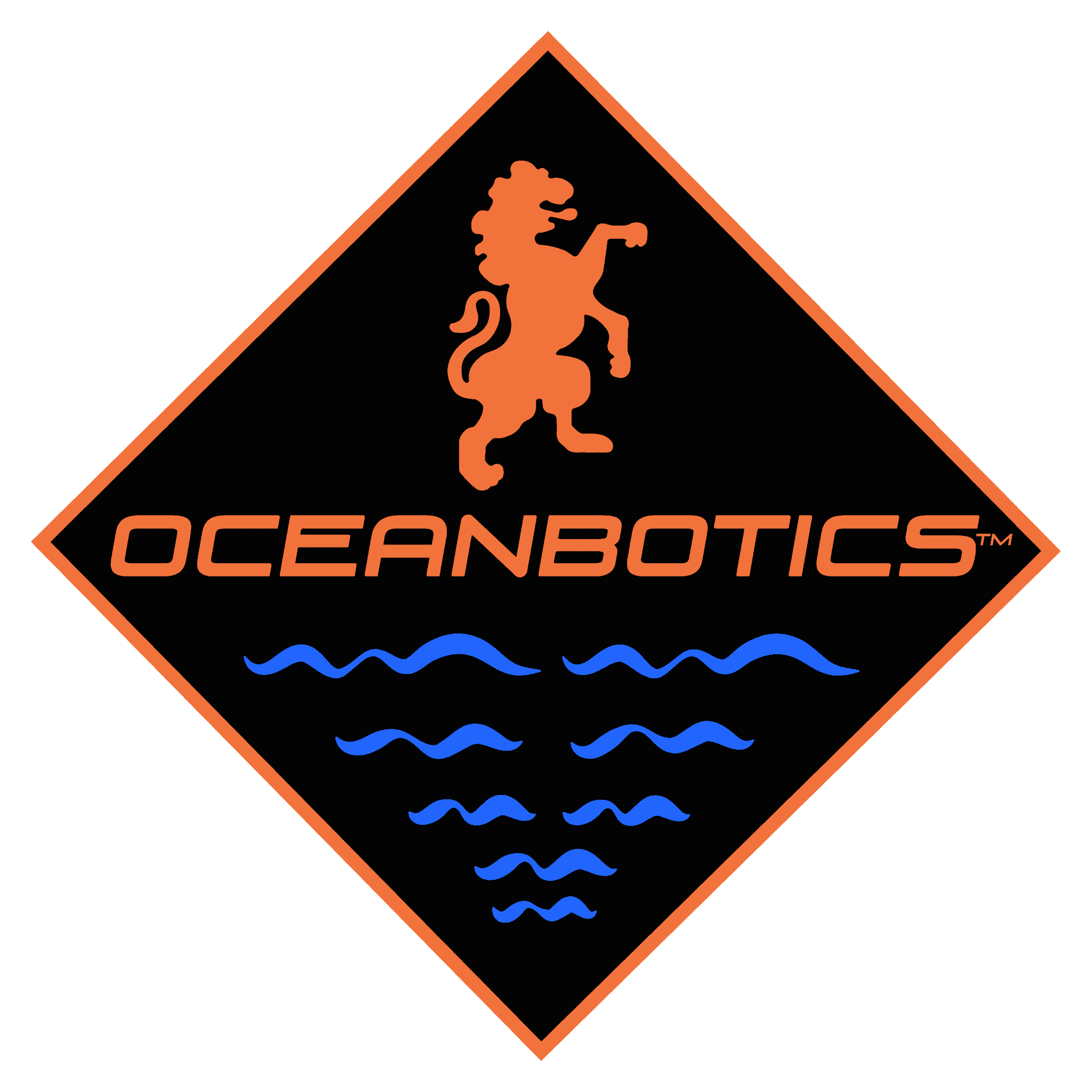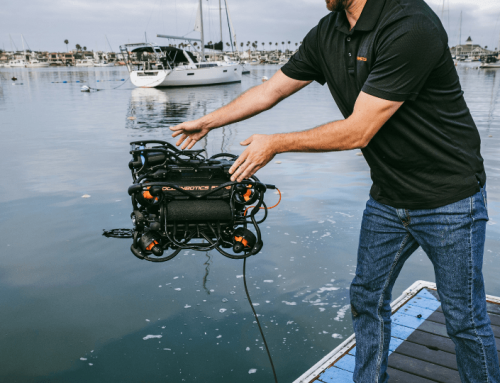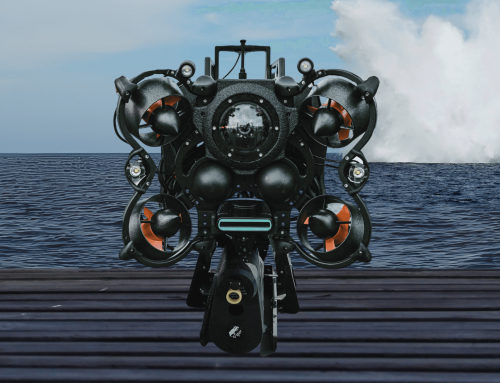Remote Operated Vehicles (ROVs) have transformed underwater exploration by offering unmatched versatility and performance. This guide breaks down each ROV classe, highlighting their features, uses, and which one is best suited for your needs.
Entry-Level ROVs
Overview: The smallest and most affordable ROVs, are designed for hobbyists and beginners. These miniature vehicles are perfect for personal exploration and hobbyists.
- Payload: Minimal. Up to 2 kg.
- Deployment: <5 min, very easy.
- Battery: 1-2 hours.
- Depth: 150 m.
- Accessories: Basic cameras, lights.
Applications:
- Hobbyist exploration.
- Basic visual inspections in shallow water.
- Recreational underwater photography.
Mini/Portable ROVs
Overview: These ROVs weigh under 40 pounds and are popular for their portability. They are ideal for more advanced hobbyists and professionals needing a compact, easy-to-deploy commercial ROV for tight spaces.
- Payload: 5 kg.
- Deployment: <10 min, quick and solo.
- Battery: 2-4 hours.
- Depth: 200 m.
- Accessories: Cameras, sonar, manipulators.
Applications:
- Small-scale underwater inspections.
- Environmental monitoring and research.
- Quick-deploy search and rescue.
Inspection/Lightwork ROVs
Overview: Inspection/lightwork commercial ROVs are designed for detailed ocean exploration and executing tasks. With a depth rating of up to 500 meters, they carry larger payloads than entry-level and mini ROVs. Popular models like the SRV-8 and SRV-8X are used across many industries, such as defense, law enforcement, and offshore oil & gas.
- Payload: 20 kg.
- Deployment: 5-10 min, quick and solo-operable.
- Battery: 6-8 hours (topside power available).
- Depth: up to 500 m.
- Accessories: Multi-beam imaging sonar, USBL navigation, manipulator arms, HD cameras, non-destructive testing, acoustic tracking, and mine disposal.
Applications:
- Industrial inspections (e.g., pipelines, ship hulls)
- Quick-deploy search and rescue.
- Commerial diving operations.
- Underwater mapping and surveys.
- Recovery of objects.
- Defense operations, including mine-neutralization.
- Non-destructive inspections and testing.
- Marine research including environmental monitoring.
Heavy Work-Class ROVs
Overview: Built for the most demanding tasks, these powerful ROVs can operate at depths of up to 3500 meters. They are designed for deep-sea exploration and heavy-duty underwater work.
- Payload: 250 kg.
- Deployment: 1-2 hrs, crew required.
- Battery: Unlimited (umbilical).
- Depth: 6,000 m.
- Accessories: Advanced tools, manipulator arms, sonar.
Applications:
- Heavy-duty repair and maintenance (e.g., oil rigs).
- Deep-sea exploration and salvage.
- Construction support in extreme conditions.
- Commercial diving in deep waters.
Conclusion
Choosing the right remotely operated underwater vehicle (ROV) starts with understanding your mission requirements. Whether you’re a hobbyist exploring the depths, a professional conducting underwater inspections, or an industry expert tackling complex subsea operations, there’s an ROV designed to meet your needs.
From entry-level and mini models—perfect for portability and ease of use—to inspection/lightwork and heavy work-class commercial ROVs built for power and endurance, the right fit depends on your environment and objectives.
Leading ROV manufacturers and every top ROV company offer a range of options to help you find the ideal solution for your application. Understanding what an ROV is—and what it can do—can transform the way you approach underwater tasks.
Looking for a reliable, easy-to-use ROV built for demanding underwater missions? Our ROVs offer versatility, efficiency, and trusted performance in the field. Reach out to learn how our technology can support your team’s success.








